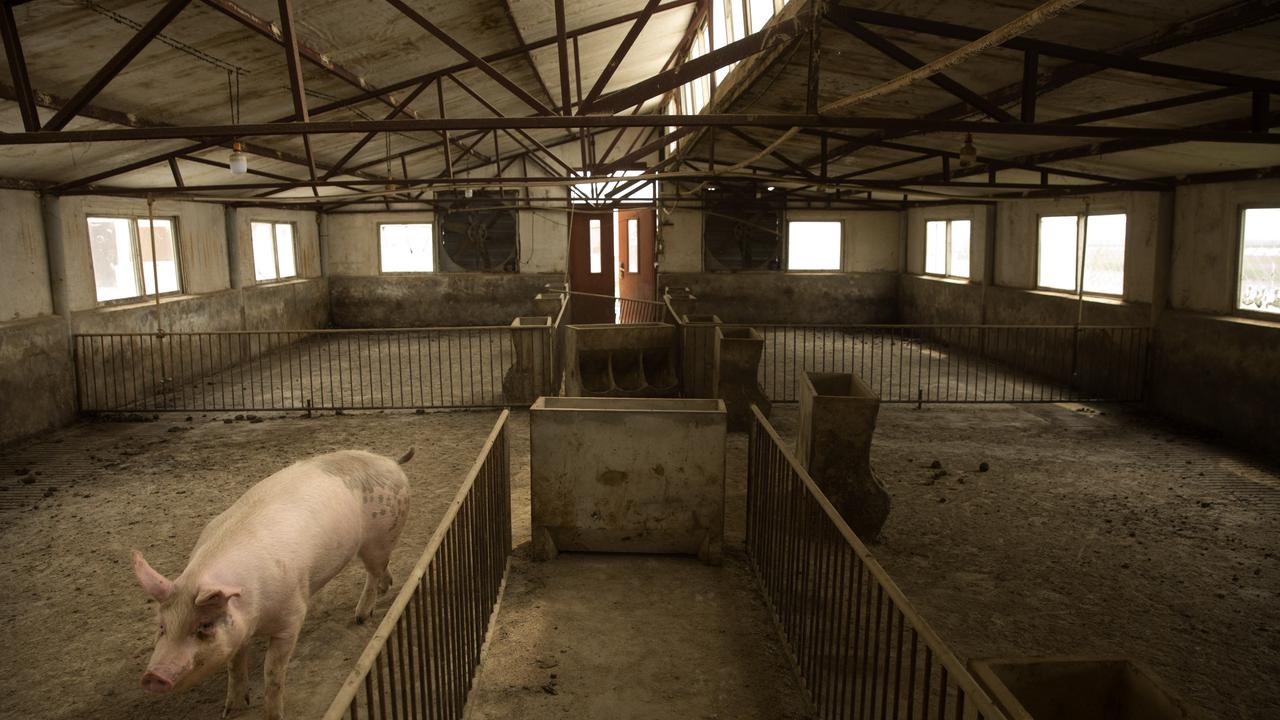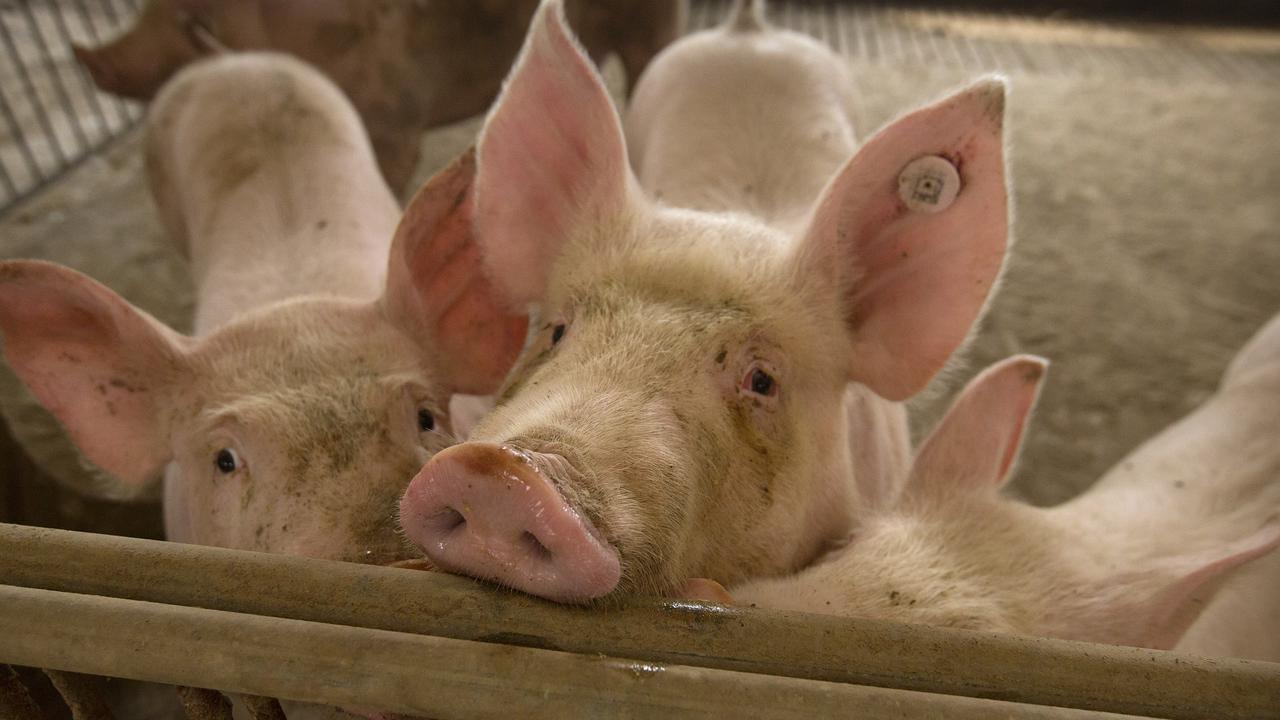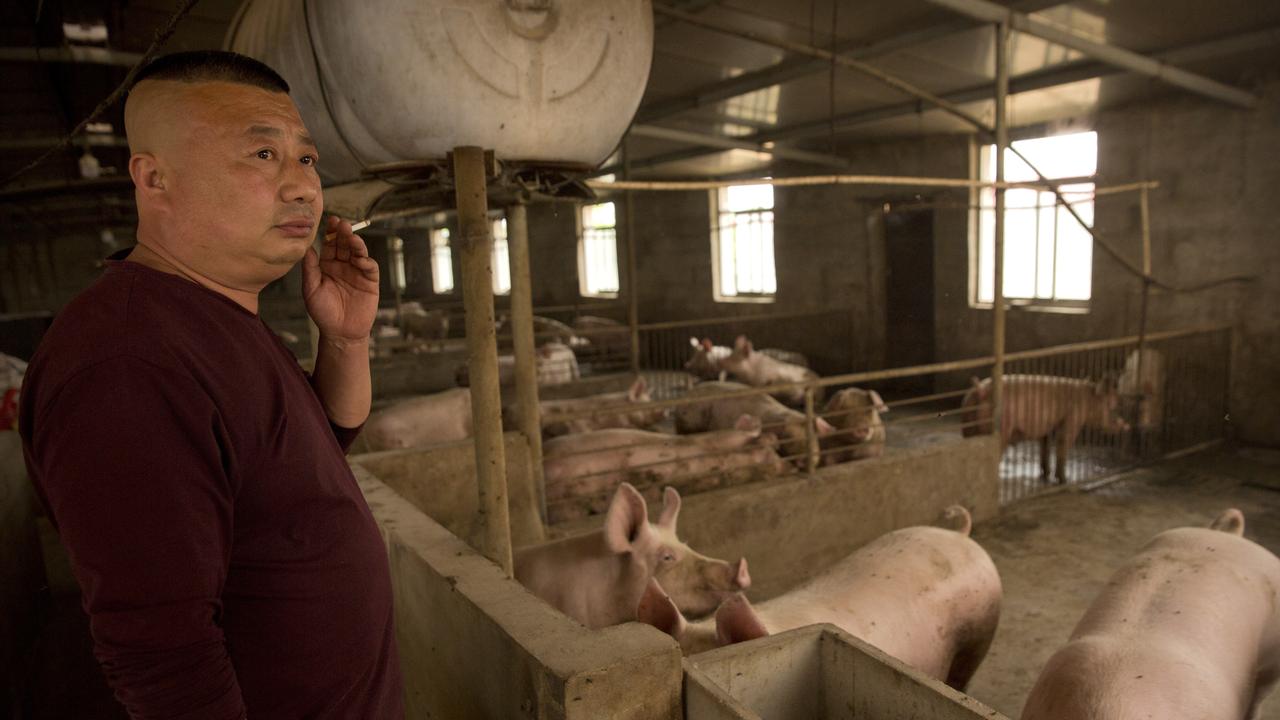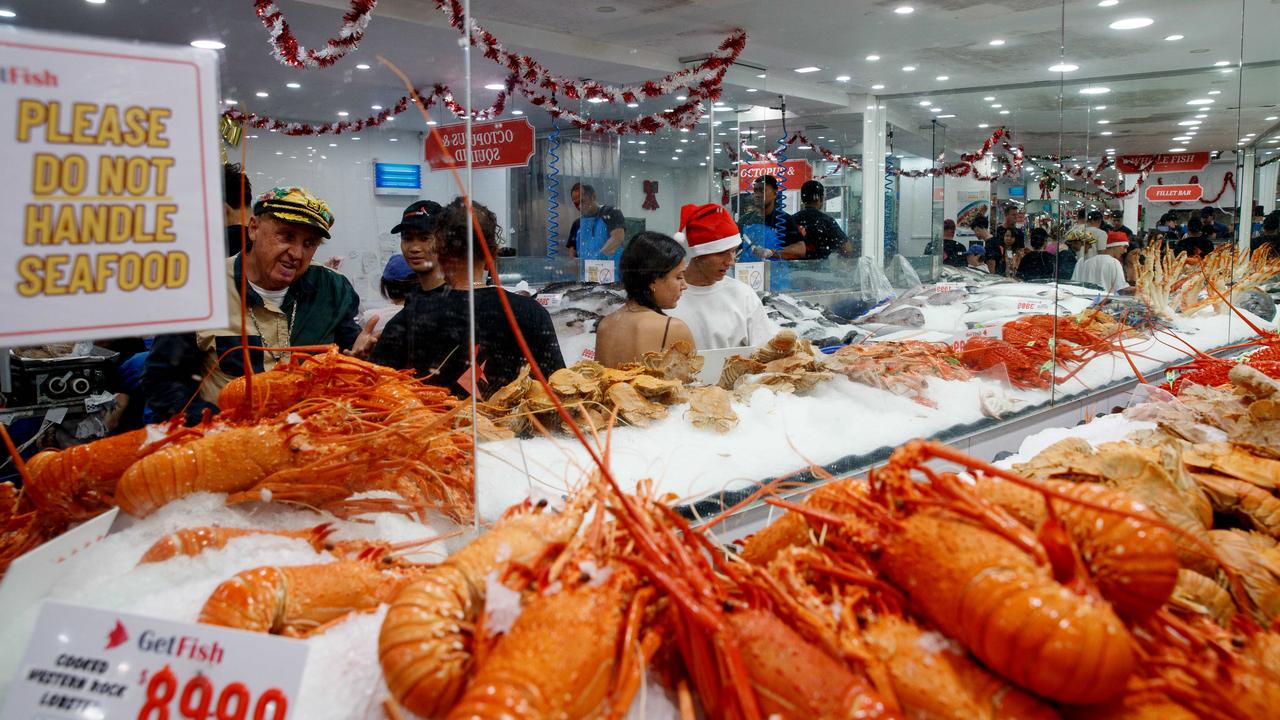Price of ham and bacon will soar in coming months as global supply is decimated
“There’s no doubt” the cost of Christmas ham and other consumer favourites like bacon and pork will be more expensive in the coming months.

A looming pork price hike will drive up the cost of Christmas ham this year after farmers in Asia were decimated by an outbreak of African swine fever.
The virus has wiped out huge populations of pigs in China, and Bloomberg reported this week Vietnam was forced to cull more than 1.7 million pigs across the country.
Australian pork stocks have already been ravaged by higher production costs as a result of the drought — grain has become unaffordable and many farmers have been forced out of business.
This had already increased the meat’s price by between 10-15 per cent, but that was expected to balloon out further, Pork South Australia chair and farmer Mark McLean said.
“There’s going to be less pork supply nationally, so prices are moving up and they have for the last four months, but the international situation is another impacting factor with African swine fever changing global pork stocks,” he told news.com.au.

China is the largest producer of pork, so its shortage will cause a flow-on effect to ham and bacon manufactured in Denmark and the United States.
“We expect that there will be less imported product coming into Australia,” Mr McLean said.
“Traditionally, up to 75 per cent of the pork that’s used in the ham and bacon manufactured in Australia comes in from overseas countries like Denmark and the US.
“What’s happening now is some of that pork is getting diverted to China to fill their requirements, which is creating cost pressure on the businesses making ham and bacon.
“So we expect that some of those buyers will try and create locally sourced ham and bacon products, which is a good outcome for consumers who are seeking to support local produce, local jobs and local communities.”

Queanbeyan butcher Peter Lindbeck says prices have already jumped, but he expects the real “kick” to come in the next couple of months.
He said Australia was approaching the period where many reserve their hams for Christmas, which will put increased strain on supply.
“As you get halfway through the year and people start trying to collect legs of pork for Christmas hams, the demand for pork starts to increase,” Mr Lindbeck said.
“There’s quite a low demand for pork in the first half of the year and then it starts to increase, and I’d imagine the price will kick then.”
Mr McLean says the price rise heading towards summer is guaranteed.
“It all depends on what the buyers decide to do. Some of them have long-term arrangements with retail chains and others,” he said.
“It’s very likely that the raw pork products will be more expensive in the second half of the year, there’s no doubt about that.”

The improvement in pork prices is welcome relief for farmers who have been battered with crippling production costs as a result of the recent drought.
“They were faced with very low prices below the cost of production, and many were losing large amounts of money, which has resulted in some people exiting the industry,” Mr McLean told news.com.au.
“It has resulted in some farms closing down and other farms reducing the number of pigs they raise.”
It was also a good opportunity for Australian consumers to support locally farmed and produced meat, Mr McLean said.
“The more local food that we can produce and grow in Australia, that has to be better for our country,” he said.
The Pork SA chair said it was important to understand the swine virus only affected pigs, and there was no danger to humans.
“However, it is crucial that we all protect the biosecurity of Australia by not bringing in any pork or meat products from overseas,” Mr McLean said.
“There are now large fines for breaching these laws, and travellers can be refused entry into Australia.
“Small animal holders should not swill feed or feed food scraps containing meat, as this is illegal and can jeopardise the Australian livestock industries.”
To support locally grown pork look for the pink Australian pork logo on the packaging.
Continue the conversation on Twitter @James_P_Hall or james.hall1@news.com.au




